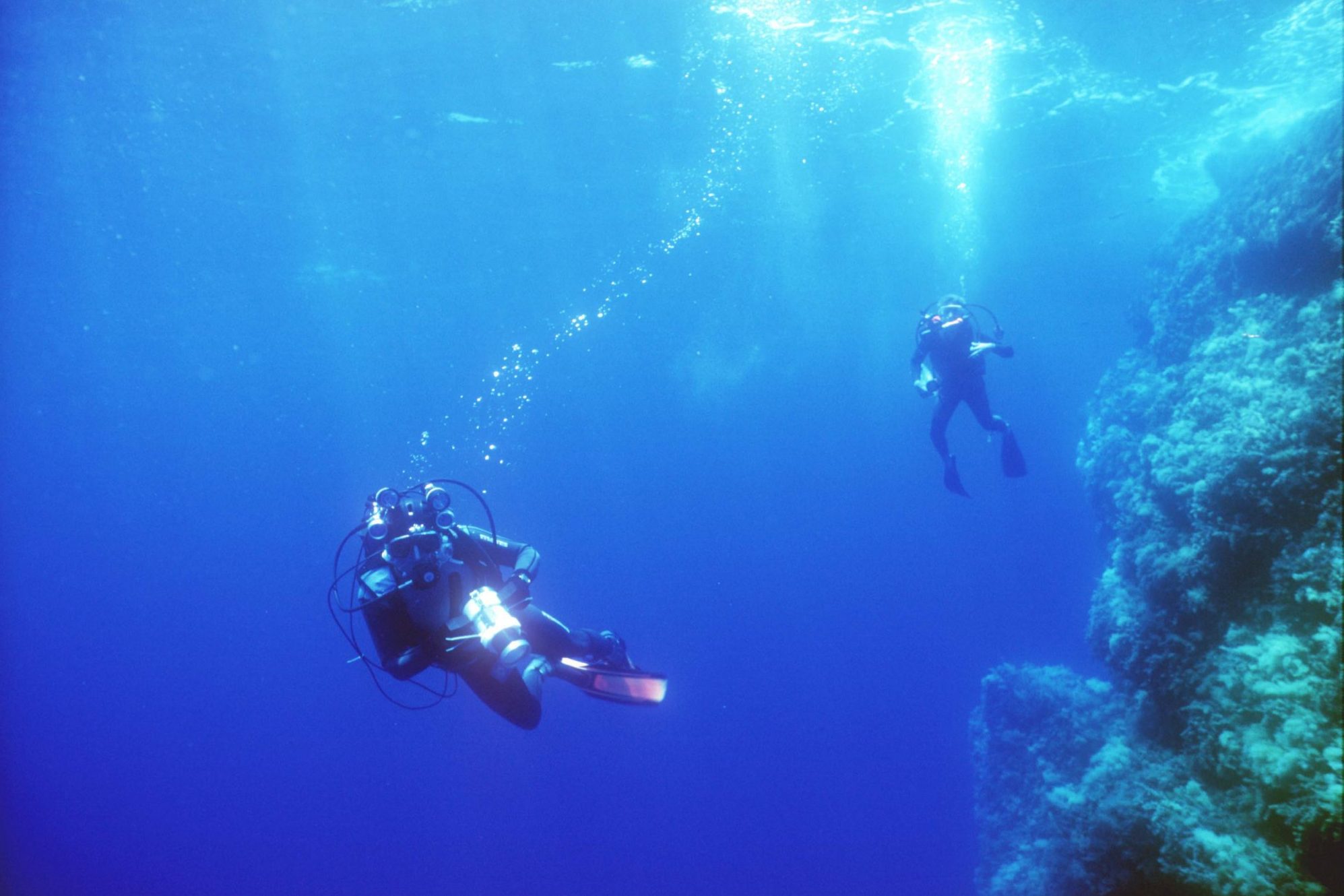
An international team of researchers has discovered that polymetallic nodules on the seafloor, at a depth of 4,000 metres, can produce oxygen.
The discovery, published in the journal Nature Geoscience, shows that these mineral nodules act as “geo-batteries” that can break down seawater and produce oxygen in complete darkness, without the need for light.
The process of producing oxygen through these nodules results from the electrolysis of seawater, where minerals within the nodules create an electrical charge that splits the water into oxygen and hydrogen. The discovery challenges the long-held belief that oxygen on Earth is produced only by photosynthetic organisms, such as plants and algae.
The researchers say the discovery has important implications for the extraction of polymetallic nodules from the seafloor, as this process could affect the production of oxygen that supports marine life at these depths.
The long-held belief that only three processes and organisms on Earth are capable of producing oxygen may be coming to an end. In addition to the photosynthetic processes of plants, such as phytoplankton, marine algae and those known as cyanobacteria, there is now a group of rocks submerged on the seafloor that produce what is called “dark oxygen.”
That’s the conclusion reached by a team of researchers led by Andrew K. Sweatman of the Scottish Marine Science Association and chemist Franz Geiger of Northwestern University. The study, published in the prestigious journal Nature, raises questions about the origin of life on our planet, which could be underwater.
Sweatman was the first to discover the strange phenomenon in an underwater mountain range known as the Clarion-Clipperton Range, a 4,000-meter-deep spot in the Pacific Ocean that has recently attracted interest from the mining industry because of the presence of rare earths and minerals.
There, spread over an area of one million square kilometers, is a large amount of rocks and stones composed of minerals such as cobalt, nickel, copper, lithium and manganese. They are called “polymetallic nodules”, a type of natural mineral deposit. There, the experts’ sensors detected the presence of oxygen.
This led them to believe that the sensors were broken, as previous studies in deep sea water had shown that oxygen was being depleted there rather than produced. “Still, the strange oxygen readings kept coming back for 10 years,” says Sweatman, who admits that they had to recalibrate their sensors. After analyzing the data they had collected over the years, they believed that “something innovative and unimaginable was happening there.”
About 2.4 billion years ago, the Great Oxidation Event occurred on Earth, a process in which the atmosphere added large amounts of oxygen. This led to an explosion of later life, which was initially cyanobacteria that evolved the ability to use sunlight to trigger a chemical reaction that released oxygen into the atmosphere. Another relatively “new” way to do this is by electrolysis of water, in which it is split into its two elements (hydrogen and oxygen, H2O) using an electric current.
This process, discovered by humans only 200 years ago, could have been occurring since the dawn of time in the deep ocean. “We think that electrochemical processes could be providing some of the oxygen production we’ve seen,” says Sweatman. For an answer, he turned to chemist Franz Geiger, of Northwestern University in the US.
In one of his earlier works, Geiger showed that rust, combined with salt water, could generate electricity. At the heart of it all is the question of whether these polymetallic nodules on the seafloor could generate enough electricity to produce oxygen. And they did, through a process called “sea electrolysis.”
Sweetman then sent Geiger several pounds of these nodules. Once they arrived in his lab, he discovered that “just 1.5 volts, about the same voltage as a regular AA battery, is enough to split seawater.” Using the nodules they received, his team detected voltages as high as 0.95 volts. When they collected them, they saw that they were even higher. “It seems we have discovered a natural ‘geobattery’—the basis for a possible explanation for the production of dark oxygen in the ocean,” the chemist explains.
The problem now comes in what purposes these nodules can be given. According to the expert, the mass of these nodules will be enough to meet the world’s energy demand for decades to come. So underwater mining companies could set their sights on these nodules.
“The polymetallic nodules that produce this oxygen contain minerals that are essential for making our car batteries or cell phones,” Geiger concluded.

“Avid problem solver. Extreme social media junkie. Beer buff. Coffee guru. Internet geek. Travel ninja.”





More Stories
In Greece Porsche 911 50th Anniversary – How much does it cost?
PS Plus: With a free Harry Potter game, the new season begins on the service
Sony set to unveil PS5 Pro before holiday season – Playstation